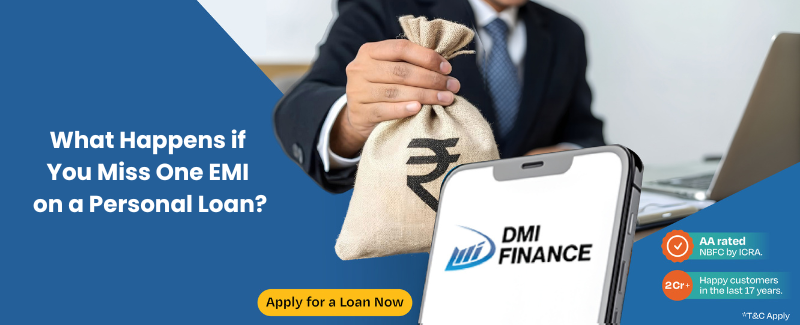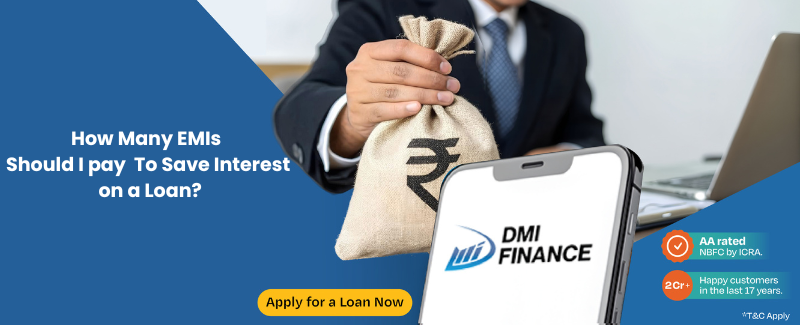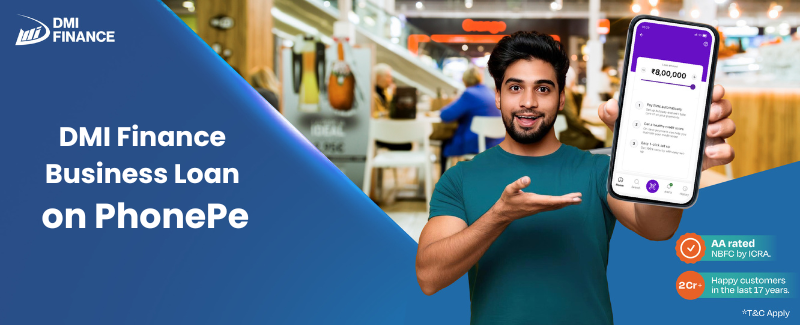- Published on: 13 Oct 2025
- Last updated on: 13 Oct 2025
- Post Views: 3343


India’s youth are at the heart of the nation’s growth story. However, limited access to funds stands in the way of turning their ideas into reality. To bridge this gap, the Government of India launched the Prime Minister Employment Generation Programme (PMEGP).
The key objective of the scheme is to provide financial assistance, subsidies and training to start new businesses. In this blog, we will understand the PMEGP eligibility, the subsidies it offers, and how to apply for it.

The Prime Minister Employment Generation Programme (PMEGP) is a credit-based subsidy programme launched by the Government of India to promote entrepreneurship and employment generation, particularly in rural and semi-urban regions. Khadi and Village Industries Commission (KVIC) manages the scheme nationally. The State Khadi and Village Industries Boards (KVIBs) and District Industries Centres (DICs) manage the scheme at the state and district levels.
Since its inception, PMEGP has assisted over 10 lakh microbusinesses by disbursing business loans of over ₹73,348.39 crore, of which ₹27,166.07 crore is in the form of KVIC subsidy. Under the scheme, qualified applicants can establish new manufacturing or service facilities with a subsidy of between 15 and 35%, depending on the category of the applicant and the location (urban or rural).

The PMEGP subsidy aims to offer financial assistance in the form of a margin money subsidy, which decreases the burden of repayment for the borrower and makes it easier to start a new business. Here is the subsidy that eligible entities can get:
| PMEGP Subsidy Rates (According to Category and Area) | |||
| Beneficiary’s Contribution | Rate of Subsidy | ||
| Area | Urban | Rural | |
| General Category | 10% | 15% | 25% |
| Special Category (SC/ST/OBC/Women/Ex-Servicemen/Physically Handicapped, etc.) | 5% | 25% | 35% |
The KVIC subsidy is not provided to the applicant directly, but the financing bank stores it in a Term Deposit Receipt (TDR) for over 3 years. It is modified against the loan upon successful verification of the unit operation.
Here is the PMEGP eligibility criteria you must meet in order to enjoy the benefits of the scheme:

Here are the steps you must follow to apply for PMEGP online:
The KVIC PMEGP e-Portal allows entrepreneurs to track their business loan applications online. Applicants can see real-time updates by entering the Application ID or PMEGP ID.
Once the PMEGP loan has been approved, the beneficiaries are required to go through a brief Entrepreneurship Development Programme (EDP). The subsidy is approved only after completing the EDP training.
Entrepreneurs who have already started successful businesses under the scheme can apply for the PMEGP Second Loan for upgradation. You can use the funds to expand or modernise your businesses, embrace new technologies, and generate more job opportunities.
The following are the documents that you must upload and submit to apply for a PMEGP loan using the KVIC portal:

The PMEGP scheme fills the gap between ambition and opportunity by providing subsidised financial assistance and entrepreneurship training. This financial support helps you transform your ideas into sustainable businesses and generate employment for others.
While the PMEGP subsidy offers a great start, business loans by DMI Finance help you grow your business. Apply for a collateral-free business loan of up to ₹25 lakh for all your expansion, upgradation and working capital needs.
1. What is the PMEGP scheme?
The Prime Minister Employment Generation Programme (PMEGP) is a government-supported credit-based subsidy programme that offers financial support to individuals and small businesses to start new manufacturing or service units.
2. Who implements the PMEGP scheme?
PMEGP is implemented by the Khadi and Village Industries Commission (KVIC) under the Ministry of MSME, as well as KVIBs and District Industries Centres (DICs) at the state and district levels.
3. Who can apply for the PMEGP loan?
Any Indian citizen who is 18 years old and above can apply. The candidate should have completed at least 8th standard in projects of more than ₹10 lakh (manufacturing) or ₹5 lakh (services).
4. Are there any existing businesses that can apply to PMEGP?
No. PMEGP loans are only offered to new business units. Businesses or units that have already availed a government subsidy through other schemes are not eligible.
5. What is the maximum loan I can get under PMEGP?
The project cost that can be availed is ₹50 lakh on manufacturing units and ₹25 lakh on service units.
6. How much subsidy does PMEGP offer?
You can get a KVIC subsidy of between 15% and 35% of the project cost, depending on the category of the applicant and the location of the unit, rural or urban.
7. What is EDP training, and is it compulsory?
It is a 10-day training program on basic business management and operational skills. It is compulsory prior to the release of the subsidy.
8. Which kinds of businesses can be covered by PMEGP?
PMEGP assists only new manufacturing and service businesses.
9. How much time does it take for a PMEGP loan?
The loan approval process is usually 60-90 days, which is dependent on the completeness of the documents, project viability and the processing time of the bank.
10. Do higher-value projects need collateral security?
Loans up to ₹10 lakh under CGTMSE do not require collateral. In the case of larger sums, banks can demand collateral according to their own lending standards.


